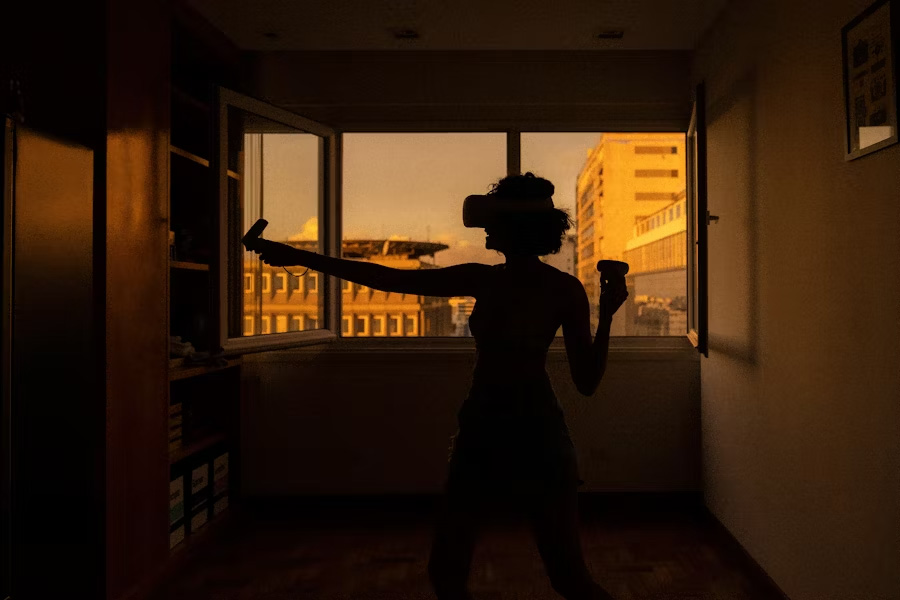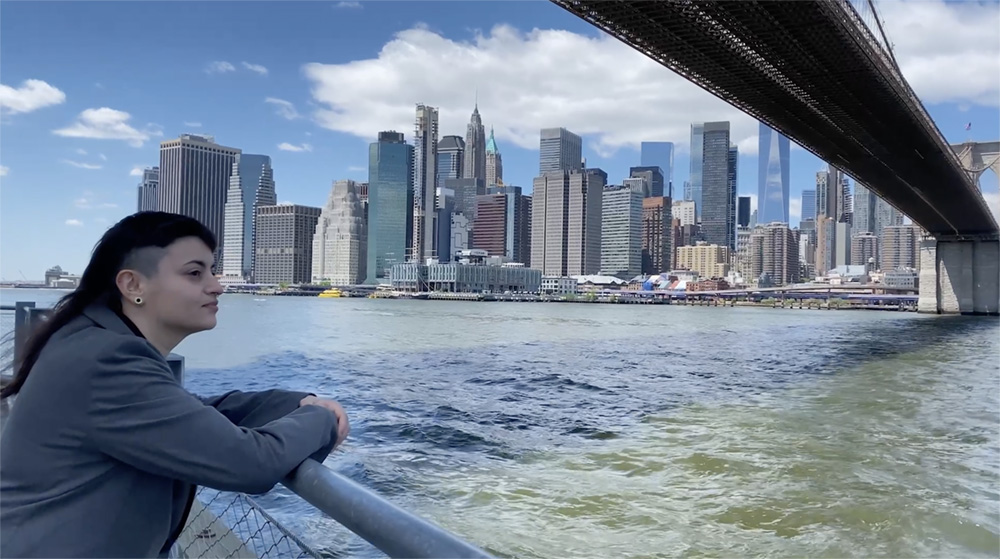For many stroke survivors, rehabilitation can feel like an uphill battle. The exercises are repetitive, progress can be slow, and the emotional toll can be just as challenging as the physical recovery. It’s frustrating to work so hard and feel like the road ahead is endless. But what if stroke rehab didn’t have to feel like a chore? What if it could be engaging, rewarding, and even - dare we say - fun? That’s exactly where gamification comes in. By incorporating game-like elements into rehabilitation, patients are seeing greater motivation, improved adherence, and, ultimately, better recovery outcomes. More importantly, they’re rediscovering a sense of hope and control over their recovery journey.
Why Traditional Stroke Rehab Can Feel Overwhelming
Rehabilitation after a stroke requires a high number of repetitions to help retrain the brain and regain lost function. While this repetition is necessary, it can also be exhausting - both physically and emotionally. Many patients struggle with discouragement, especially when exercises feel monotonous and progress seems slow.
Many traditional rehabilitation programs rely on standard movement exercises that, while effective, lack an interactive or rewarding component. Without an engaging way to track progress and celebrate small victories, it’s easy for patients to lose motivation. Recovery isn’t just about physical movement - it’s about feeling empowered, supported, and encouraged every step of the way.
The Science Behind Gamification in Rehab
Gamification- integrating game-like elements into non-game environments - has been widely studied for its ability to improve motivation and engagement. In stroker ehabilitation, this means turning repetitive exercises into interactive challenges that offer:
• Instant Feedback – Patients receive real-time feedback on their performance, helping them adjust movements and improve faster.
• Progress Tracking – Gamified rehab provides clear, visible markers of improvement that reinforce effort and persistence.
• Rewards & Achievements –Earning points, unlocking levels, or completing challenges provides a sense of accomplishment, turning what used to feel like hard work into an experience of success.
• Engaging Environments –Instead of simply lifting an arm over and over, a gamified program might have a patient reaching to grab virtual objects, play music, or interact with acomforting and immersive or augmented world.
How Virtual Reality (VR) and XR Create Meaningful Rehabilitation
Extended Reality (XR), which includes Virtual Reality (VR) and Augmented Reality (AR), takes gamification to the next level. These technologies don’t just make therapy more engaging - they create an experience that feels purposeful, rewarding, and deeply human.
WithXR-based rehabilitation, patients can:
• Engage in immersive therapy experiences that spark joy and curiosity, rather than frustration.
• Stay motivated with real-time rewards and progress tracking that reinforce every small stepforward.
• Perform high-repetition exercises without the emotional fatigue that traditional rehab can bring.
• Feel connected to a recovery process that understands and values their personal journey.
The Impact: Hope, Motivation, and Real Progress
When patients are more engaged in their rehab, they are more likely to stick with it - and that leads to better outcomes. Gamified rehab helps make therapy feelless like a burden and more like a source of hope. It allows stroke survivors to see their own progress in real-time, celebrate their wins, and stay committed to their recovery in a way that feels natural and encouraging.
Why We Believe in Human-First Innovation
At the heart of everything we do is a deep commitment to real people and real outcomes. Technology is just a tool - what truly matters is how it impacts lives. That’s why our founders and team are dedicated to designing solutions that don’t just meet clinical standards but also inspire and uplift patients through every stage of their journey.
The shift toward gamification in stroke rehabilitation isn’t just about making therapy more engaging - it’s about reimagining recovery as something that can be hopeful, rewarding, and empowering. As technology continues to advance, we remain focused on what trulymatters: helping every stroke survivor maximize their potential and reclaim their independence, one step at a time.
Rehabilitation doesn’t have to be boring. It can be transformative. With gamified approaches and XR technology, stroke survivors can find not just motivation, but joy, agency, and progress on their path to healing.










